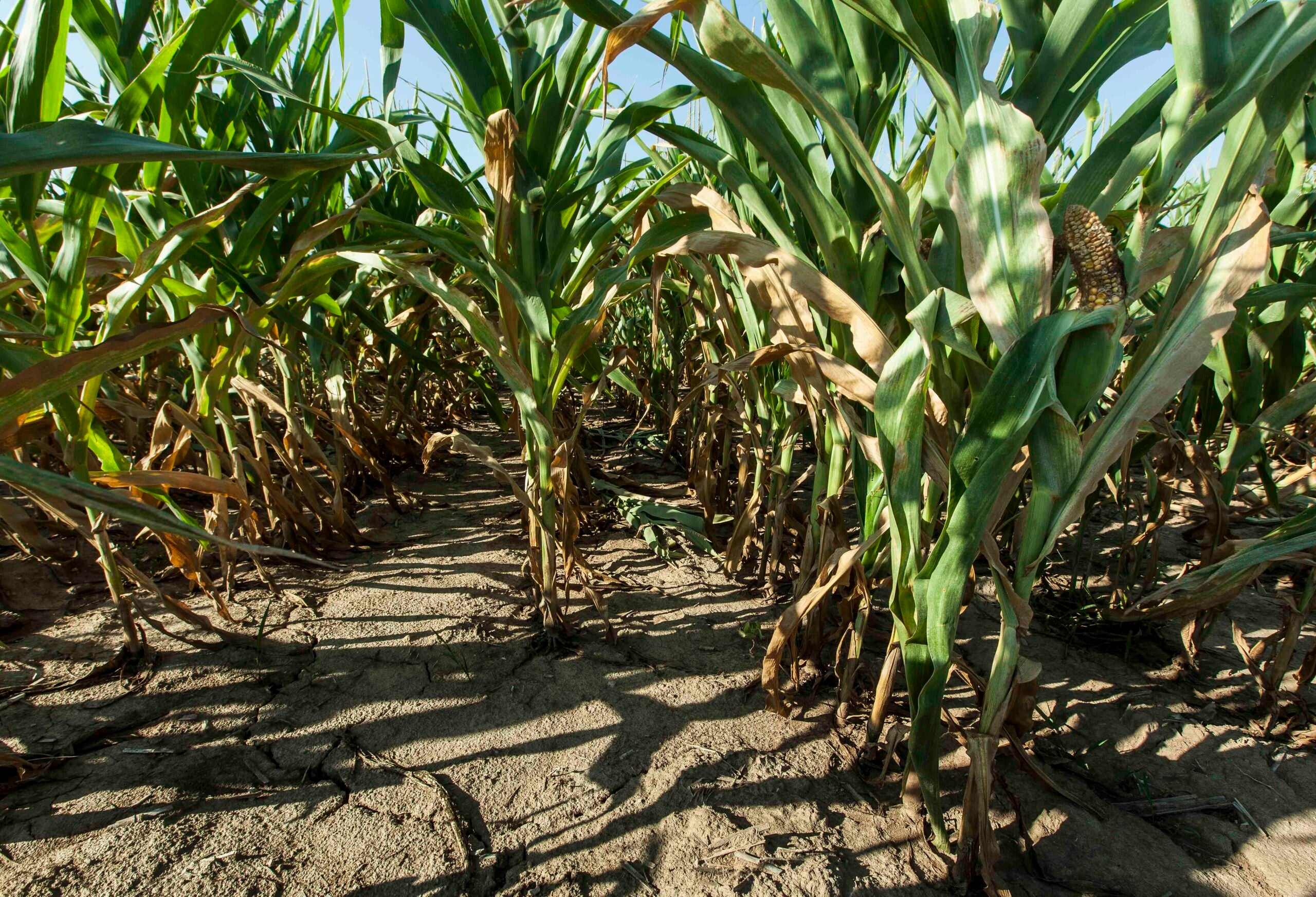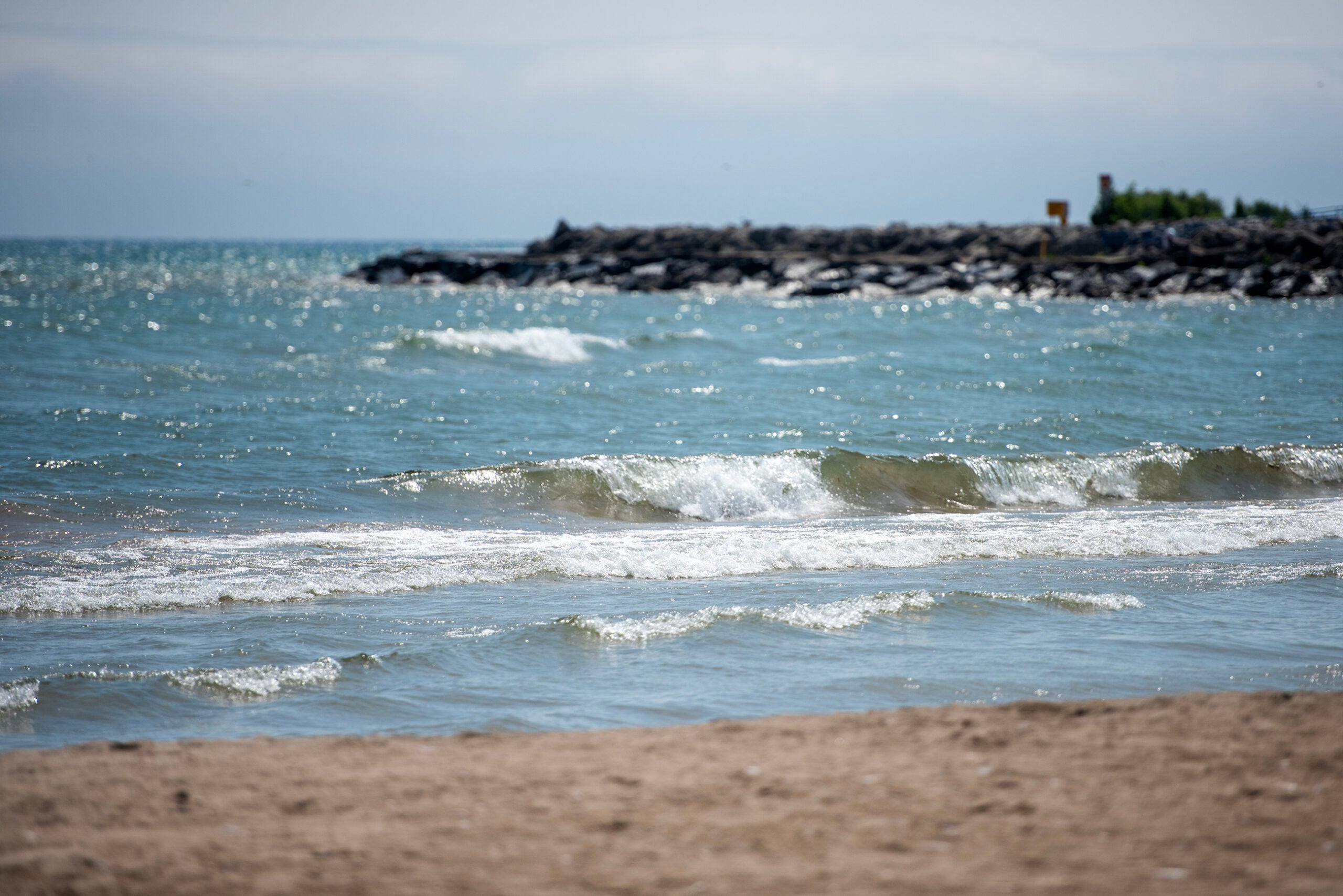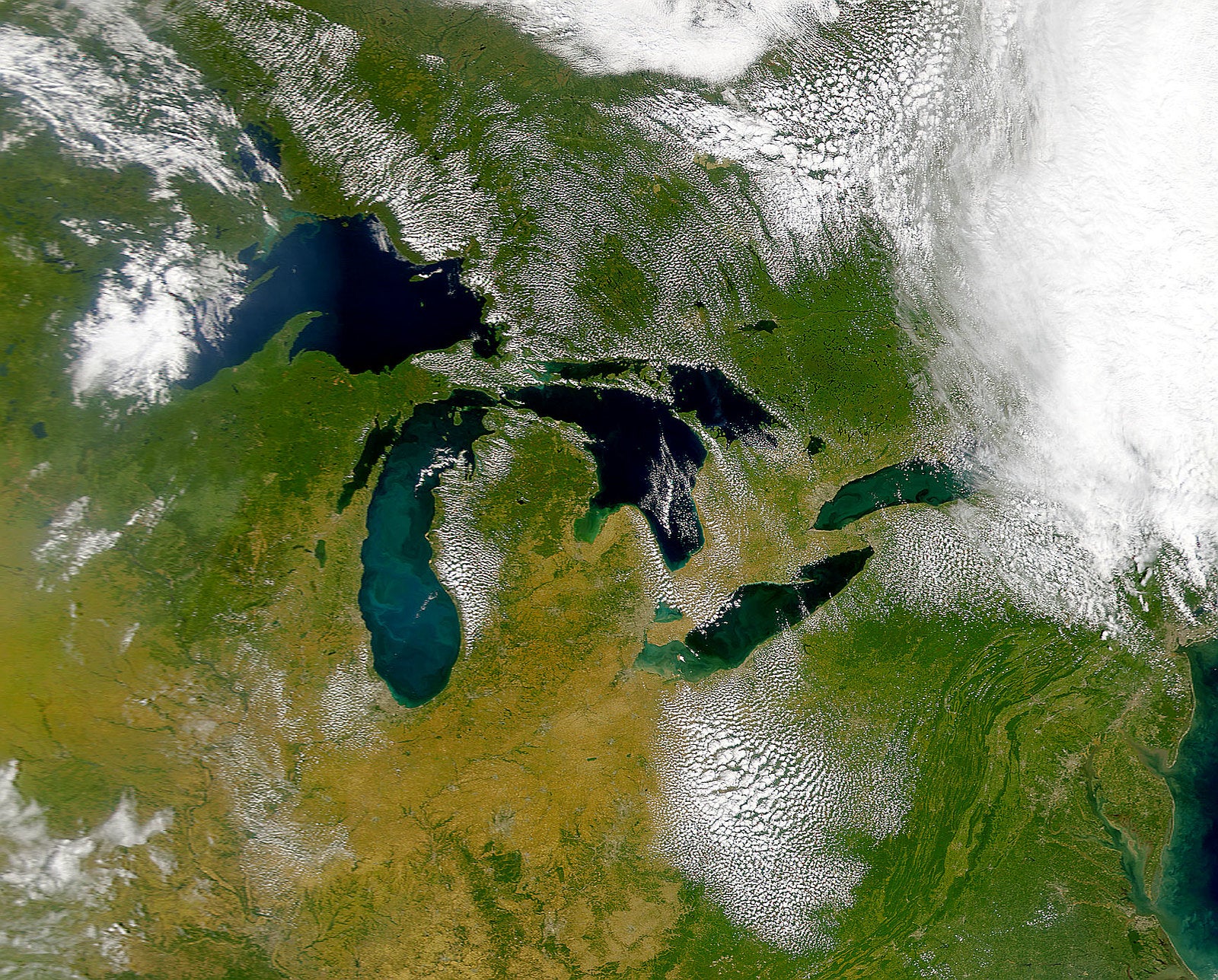The latest climate outlook shows parts of Wisconsin are likely to be slightly warmer and wetter than normal this month, and this summer could be hotter, too.
Steve Vavrus, director of the Wisconsin State Climatology Office, said that continues an ongoing trend where many months have been warmer than normal.
“Not only here, but over most of the country,” Vavrus said. “And that would continue the long- term trend with our warming climate.”
Since 1950, temperatures have increased by around 3 degrees and are expected to warm between 2 and 8 degrees Fahrenheit by mid-century, according to the latest report from the Wisconsin Initiative on Climate Change Impacts.
Vavrus said every month since January of last year, except for last July, has been warmer than normal in Wisconsin. In April, preliminary data shows the month was about 2 degrees warmer than the statewide average of 43.1 degrees from 1991-2020.
For the month ahead, it’s more likely the eastern half of the state could see above normal temperatures. The monthly outlook also shows northern Wisconsin is more likely to be wetter. The seasonal outlook through July shows somewhat higher chances of hotter weather.
Shift in climate patterns could mean hotter weather
Vavrus said there’s some indication this summer could be especially hot because of the transition from El Niño to La Niña, which are climate patterns in the Pacific Ocean that can create a chain reaction in weather worldwide. During El Niño events, ocean temperatures are warmer than normal. Waters are cooler than average during La Niña.
“In past summers, when we’ve had situations like that when we flipped quickly from El Niño to La Niña, it did tend to be hotter than normal in the Midwest,” Vavrus said. “But we don’t have that many cases to go on.”
Vavrus said those shifts occurred in 2010 and 10 other summers where all but one averaged 1.7 degrees warmer than normal in Wisconsin. Still, he said it’s not enough to count on a warmer summer this year.
Johnna Infanti, a meteorologist with NOAA’s Climate Prediction Center, said the effects of those climate patterns tend to be felt less during the summer as opposed to winter. She said El Niño may have lingering effects with warmer than normal weather in May, but the climate pattern is weakening. Odds show a shift toward La Niña sometime between June and August.
“We’re in the middle of that change from El Niño to La Niña, so some of the impacts can also be a bit delayed when we do that transition to La Niña,” Infanti said.
News with a little more humanity
WPR’s “Wisconsin Today” newsletter keeps you connected to the state you love without feeling overwhelmed. No paywall. No agenda. No corporate filter.

Drought conditions likely to improve across Wisconsin
As for this month, drought conditions are expected to improve across Wisconsin as odds favor wetter than normal weather for much of the state, according to Rich Tinker, drought expert with NOAA’s Climate Prediction Center.
“With the areas of severe drought affecting Wisconsin in the northern and southern parts of the state, we are looking for significant improvement during the month of May, potentially an elimination of the drought altogether,” Tinker said. “Although, that’s not as certain as it is in areas where the drought is not as bad.”
In April, Vavrus said the state averaged 2.83 inches of rain, which is about a third above normal. He said drought conditions are the best they’ve been since last May.
“We definitely need this moisture to replenish the soil, but we also don’t want too much in the spring because that can hinder planting,” Vavrus said. “Right now, I think lately we’ve had a pretty good combination of enough dry days and enough wet days to be beneficial for the farming community.”
Vavrus said soil moisture can also affect summer temperatures because dry soils means less evaporation to fuel rain. Wet summers tend to be cooler. The outlook through July shows equal chances that the state could go either way in terms of wetter or drier weather this summer.
Wisconsin Public Radio, © Copyright 2025, Board of Regents of the University of Wisconsin System and Wisconsin Educational Communications Board.






